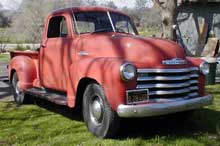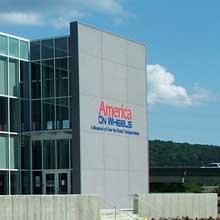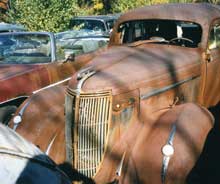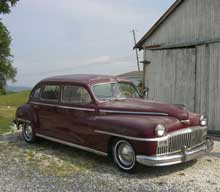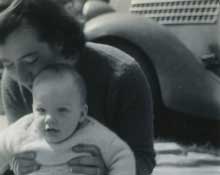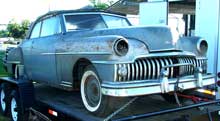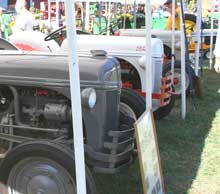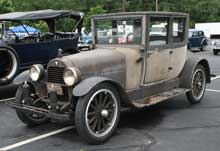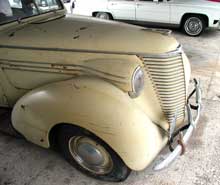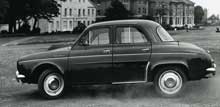When I was 24 I bought my first house. It was old and needed much work, so the first tool I bought was a truck. It was my first pickup, a 1953 Chevrolet Series 3100 half-ton, a type once ubiquitous and in 1968 still fairly common. Chevy called the style “Advance Design.”
It was introduced in 1947, succeeding a model built since 1941. Advance Design trucks came in all sorts and sizes: pickups, panel trucks, dump trucks, rack body trucks, canopy express, the SUV granddaddy, Carryall Suburban, even cab-over-engine trucks. Some had special bodies for delivery work. If you’ve ever been inside one you’ll remember it – a very tasteful interior, quite deluxe for pickups in that era, though very, very few were equipped with radios back in the day.
An Advance Design was not only my first truck. It was the first truck I ever drove – on the road. I was all of 14, and though I’d been driving in fields and in the back woods for years, I’d never driven on the road – my father wouldn’t let me. But when a neighboring farmer asked me to help him drive the cows to a distant pasture, and gave the choice of walking with the cows or driving ahead to open the pasture gate, I took the truck in a heartbeat. Ah, the lure of the open road and the thrill of doing something illegal. I loved every minute. The one thing that surprised me was that once up to speed the truck, a 3/4-ton long bed 3600 like this one, wandered all over the road. It probably needed tie rod ends. I’ll always be nostaglic about Advance Design Chevys.
The last season of the pure Advance Design was 1953. By that time it had acquired push-button door handles. For 1954, there was a bolder grille and a one-piece windshield. Then in mid-1955 there was an all-new Chevy truck and the Advance Design was history. You don’t see them much anymore, even at shows. Although they turn up once in a while, they seem less popular with collectors than F-series Fords. Perhaps they were all just worked to death.
I kept mine for three years, then sold it to my next door neighbor when I bought a ’57 Chevy pickup from my brother-in-law. Although the truck is gone, we still have the house. For some reason, though, I don’t seem to have photographed my Advance Design, so I had to borrow a picture of one. The CarPort expresses its appreciation to Albion Baucom, whose uncle has a ’53 3100 almost identical to mine, except for the stainless grille – mine was painted. Check out Albion’s pickup page. He’s got a ’52 Advance Design himself.

